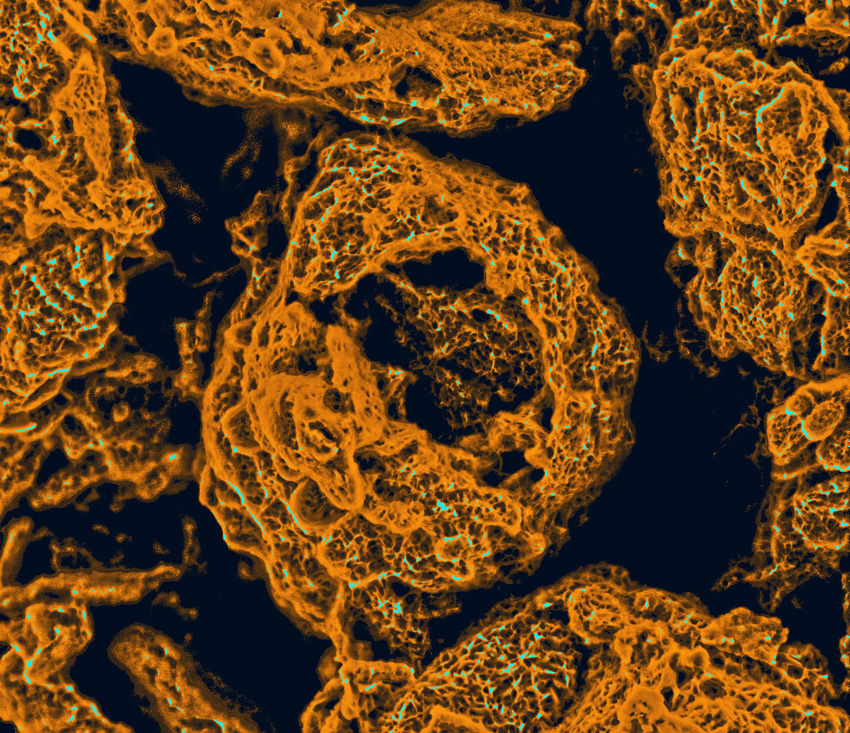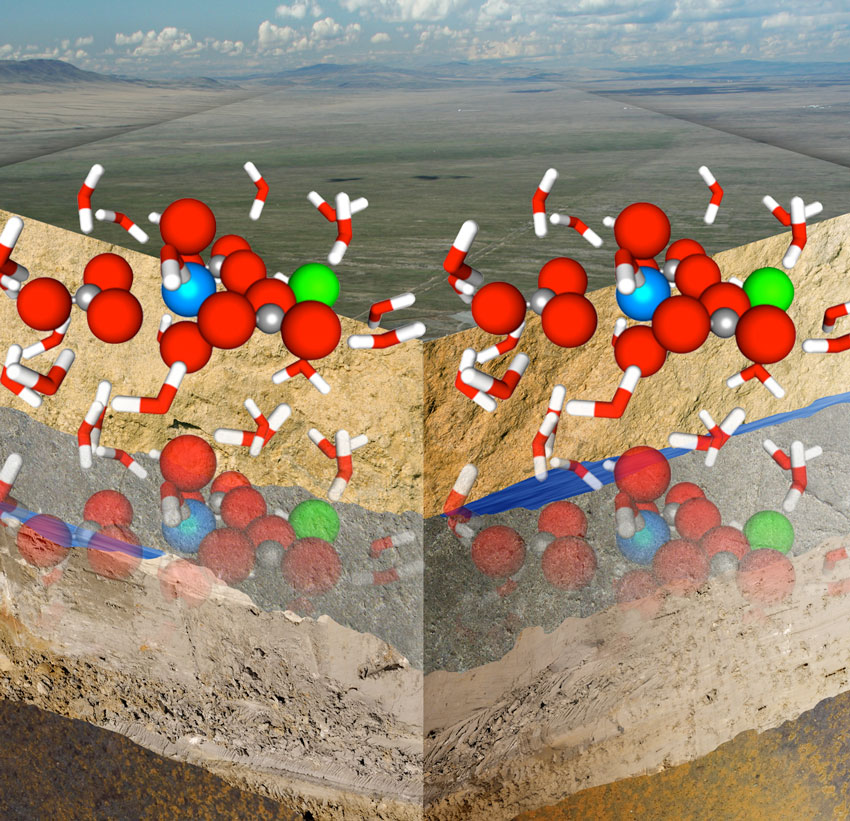
Graphene-based Electrode Leads to Highest Capacity Lithium-Air Batteries
New approach to molecular self-assembly produces porous, thin films of carbon (aka graphene), enabling high-capacity electrodes for lithium-air batteries.

New approach to molecular self-assembly produces porous, thin films of carbon (aka graphene), enabling high-capacity electrodes for lithium-air batteries.

Understanding the interaction of uranium in soils may lead to new ways to clean-up contaminated ground.
Signup for the Office of Science’s GovDelivery email service, and check the box for the Biological and Environmental Research Program in your subscriber preferences.
Subscribe